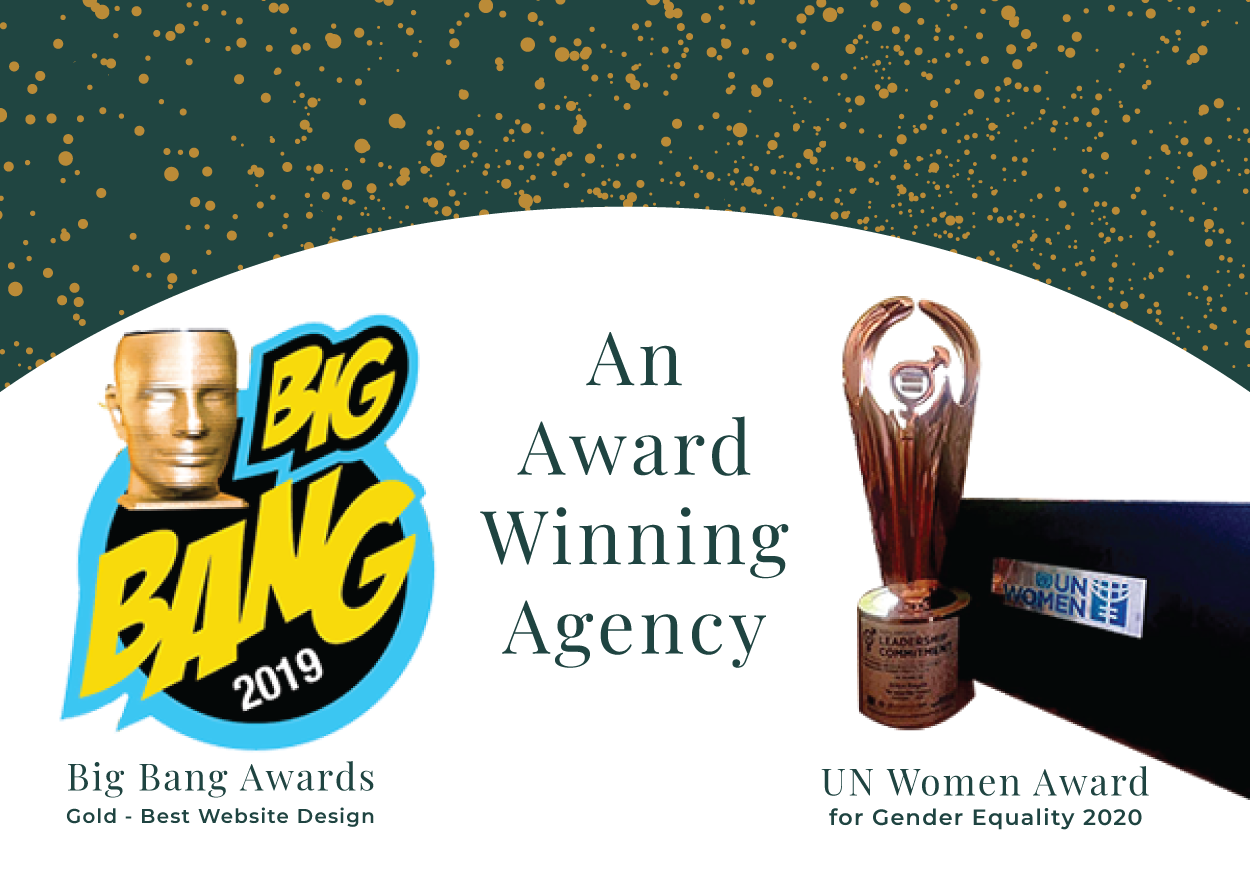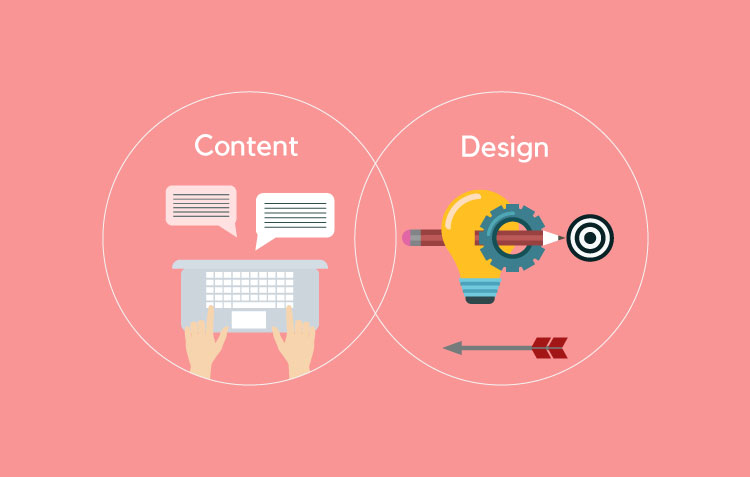

TIP TALES

More than meets the eye: why content-led design matters
by Sushmita Sundaram
Think of the last time you were moved by beautiful design. Was it how perfectly everything lined up on your iPhone or was it the arresting symmetry of a Wes Anderson film? Perhaps it was something that happened more naturally - a walk down a leafy Bangalore street on one of those rare sunny-but-breezy days. Stunning design has a way of staying with us.
People recognise and are attracted to beauty and we live in increasingly visual times. Perhaps this is what has led to a decline in the value placed on good writing for mediums that are not entirely text-driven. It’s impossible to deny the visual impact of something that is appealing to the eye, which is probably the reason many believe that a well-designed aesthetic can prop up shoddy content.
Speak to a designer, however, and you’ll hear a different story. Akrithi Nanjaraj, graphic designer at TIP talks about how it isn’t just a matter of logistics, where the length of the content determines the room one might make for it while dreaming up the design. The tone of content also determines the tone of design - sensual language doesn’t exactly work well for a bauhaus theme, for instance.
Divya Hegde, Founder at TIP, has an analogy that drives home the point: one doesn’t make a film without a script. This makes sense - it is not to say that one is a product of the other, but that they are both different interpretations and representations of the same idea. Ideally, they complement each other. One of my favourite films is Eternal Sunshine of the Spotless Mind. It’s an interesting, intense watch that anyone who has been through a breakup will relate to. The language used in the film is heightened and passionate which is matched by its visuals. Imagine the same sort of dialogue, but with your typical rom-com aesthetic. The tone of the film changes. It’s now more absurd, than heart-rending.
Content and design cannot be at loggerheads. Even if a consumer does not recognise what is wrong, they experience dissonance - not an emotion you want your product or service to bring about. Content-led design makes for a more harmonious experience for the end-consumer, while also helping drive the designer’s approach to the entire project. They cannot function to their fullest capabilities in separate spheres.
Sushmita Sundaram is Content Lead and resident tea-addict at TIP. When not furiously writing the best possible content for TIP, she can be be found furiously fighting on the internet at @sushmitas.
WELCOME
Meet the mindful and mindless musings of our members, that talk about marketing and other most memorable marvels of life.
WELCOME
Meet the mindful and mindless musings of our members, that talk about marketing and other most memorable marvels of life.

More than meets the eye: why content-led design matters
by Sushmita Sundaram
Think of the last time you were moved by beautiful design. Was it how perfectly everything lined up on your iPhone or was it the arresting symmetry of a Wes Anderson film? Perhaps it was something that happened more naturally - a walk down a leafy Bangalore street on one of those rare sunny-but-breezy days. Stunning design has a way of staying with us.
People recognise and are attracted to beauty and we live in increasingly visual times. Perhaps this is what has led to a decline in the value placed on good writing for mediums that are not entirely text-driven. It’s impossible to deny the visual impact of something that is appealing to the eye, which is probably the reason many believe that a well-designed aesthetic can prop up shoddy content.
Speak to a designer, however, and you’ll hear a different story. Akrithi Nanjaraj, graphic designer at TIP talks about how it isn’t just a matter of logistics, where the length of the content determines the room one might make for it while dreaming up the design. The tone of content also determines the tone of design - sensual language doesn’t exactly work well for a bauhaus theme, for instance.
Divya Hegde, Founder at TIP, has an analogy that drives home the point: one doesn’t make a film without a script. This makes sense - it is not to say that one is a product of the other, but that they are both different interpretations and representations of the same idea. Ideally, they complement each other. One of my favourite films is Eternal Sunshine of the Spotless Mind. It’s an interesting, intense watch that anyone who has been through a breakup will relate to. The language used in the film is heightened and passionate which is matched by its visuals. Imagine the same sort of dialogue, but with your typical rom-com aesthetic. The tone of the film changes. It’s now more absurd, than heart-rending.
Content and design cannot be at loggerheads. Even if a consumer does not recognise what is wrong, they experience dissonance - not an emotion you want your product or service to bring about. Content-led design makes for a more harmonious experience for the end-consumer, while also helping drive the designer’s approach to the entire project. They cannot function to their fullest capabilities in separate spheres.
Sushmita Sundaram is Content Lead and resident tea-addict at TIP. When not furiously writing the best possible content for TIP, she can be be found furiously fighting on the internet at @sushmitas.
Ready to get in touch with us
for amazing things?